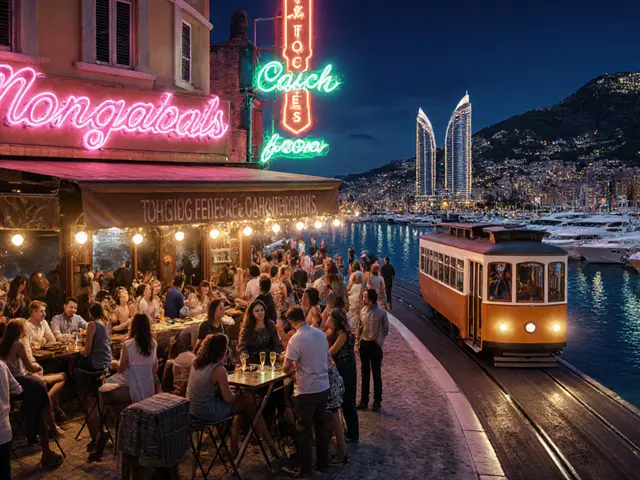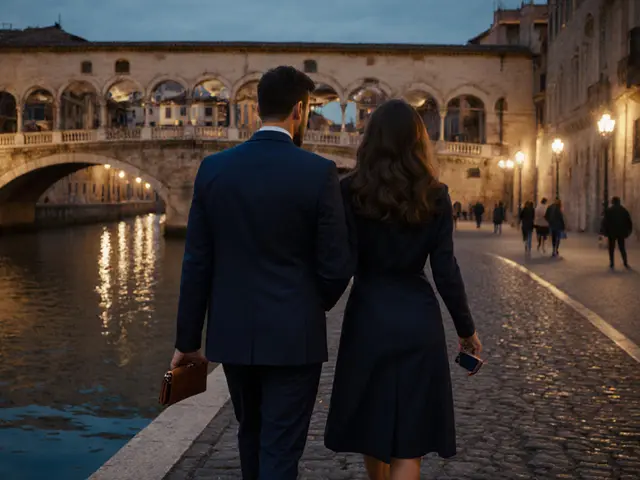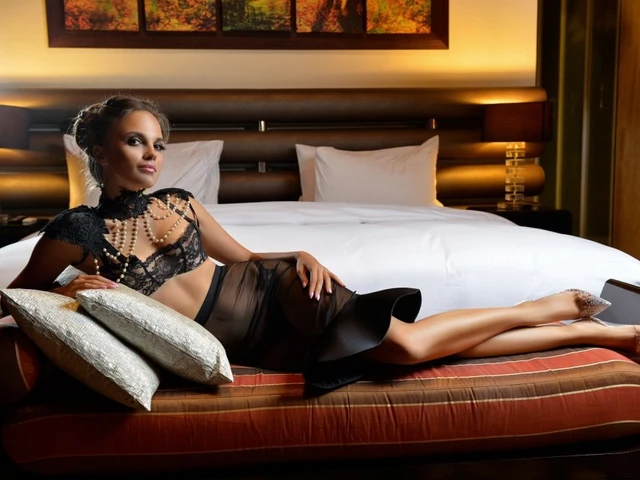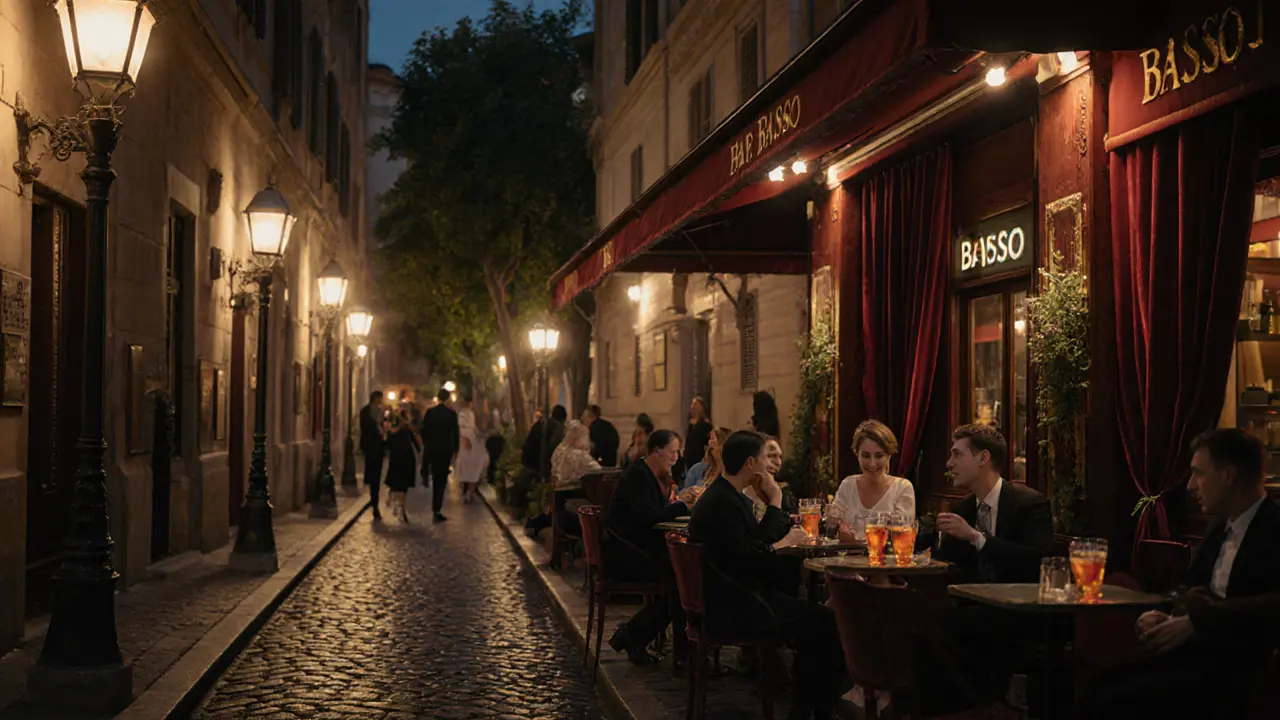
When the sun goes down in Milan, the city doesn’t sleep-it switches gears.
Most tourists think of Milan as fashion runways and Renaissance art, but by 11 p.m., the real Milan wakes up. This isn’t a city that parties hard-it parties smart. Think sleek interiors, live jazz under velvet curtains, underground techno in converted warehouses, and cocktails served with a side of Italian charm. If you’re a night owl, Milan’s nightlife isn’t just an option-it’s the highlight of your trip.
Start with the Brera District: Where the Night Begins
Brera is Milan’s artistic soul, and by evening, it becomes the perfect warm-up. The streets are narrow, lit by vintage lamps, and lined with wine bars where locals sip Aperol spritzes and nibble on crostini. Don’t miss Bar Basso, the birthplace of the Negroni Sbagliato. It’s tiny, no menu, just a bartender who knows your name by the third round. The vibe? Quiet, classy, and full of people who’ve been coming here since the 1980s.
If you want to ease into the night, grab a seat at La Bicocca. It’s not a club, not a pub-just a cozy corner with great wine, live acoustic sets, and zero tourists. This is where Milanese professionals unwind after work. No loud music. No flashing lights. Just good conversation and a glass of Barolo.
Move to Navigli: Canals, Cocktails, and Late-Night Bites
By midnight, head south to Navigli. This is where the city’s canals come alive. The area stretches from Porta Genova to the Darsena, with dozens of bars spilling onto the water’s edge. La Zanzara is the most famous-think open-air dancing, DJs spinning funk and disco, and a crowd that mixes locals, artists, and international travelers. The energy is electric but not overwhelming. You’ll find people dancing barefoot on the cobblestones, sipping Aperol or craft gin cocktails made with local herbs.
For something quieter, try Il Caffè del Naviglio. It’s a long, narrow bar with a rooftop terrace overlooking the canal. The drinks are creative-think lavender-infused gin or espresso martini with amaretto foam. It’s the kind of place where you stay for three hours, talking to strangers who become friends by 2 a.m.
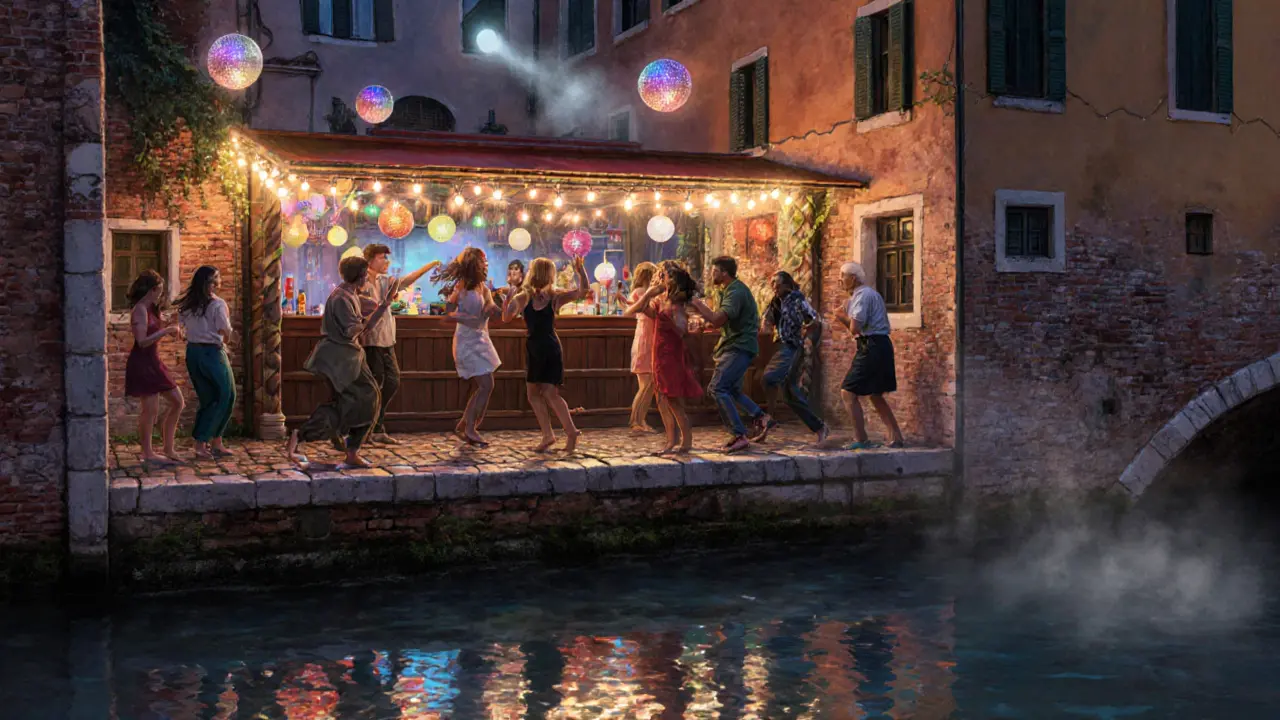
Clubs That Actually Matter: From Underground to Elite
Milan’s club scene is split between two worlds: the hidden gems and the iconic names. If you want to see where the real music heads go, skip the tourist traps and head to La Scala Club (not to be confused with the opera house). It’s tucked under a railway bridge, unmarked, and only open after midnight. The sound system is built for bass-heavy techno and house. No VIP sections. No dress code beyond ‘no flip-flops.’ The crowd? Musicians, producers, and people who’ve been coming since the 90s.
For something more polished, Bocconi is the place. It’s a multi-level club with a rooftop bar, a main dance floor, and a chill lounge upstairs. The DJs here are booked months in advance-think international names like Amelie Lens or Marco Carola. Entry is €15-25, but you get a free drink and a vibe that feels like a private party for the city’s creative elite.
Don’t miss Magazzini Generali on the outskirts of town. It’s a former industrial warehouse turned cultural space. Weekends here mean experimental sound installations, live electronic acts, and crowds that stay until 6 a.m. It’s not glamorous, but it’s authentic. You’ll leave covered in sweat, buzzing from the music, and already planning your next visit.
Lounges for the Slow Burn
Not every night ends with a dance floor. Sometimes, you want a velvet sofa, a cigar, and a glass of aged grappa. That’s where Milan’s lounges shine.
Il Salotto di Via Gesù is a hidden lounge behind a bookshop in the Brera district. No sign. You need a reservation. Inside, it’s all dim lighting, leather chairs, and a curated selection of rare Italian spirits. The bartender doesn’t ask what you want-he brings you something based on your mood. One night, it’s a 20-year-old Barolo. Another, a smoky amaro with orange zest.
For a more modern vibe, try Bar Luce by filmmaker Wes Anderson. It’s inside the Fondazione Prada, and it looks like a 1950s Italian café frozen in time. The coffee is strong, the pastries are perfect, and the soundtrack is vintage Italian pop. It’s open until 1 a.m. on weekends, making it the ideal place to wind down after a club night.
What to Wear (And What to Skip)
Milan doesn’t have a strict dress code, but it has unspoken rules. No sneakers. No hoodies. No baseball caps. You don’t need a suit, but you do need to look like you care. Think tailored jeans, a nice shirt, leather boots, or a simple dress. Locals notice. And if you look like you rolled out of your hotel in yesterday’s clothes, you’ll get turned away at the door-especially at Bocconi or La Scala Club.
Women: Skip the oversized bags. Carry a small clutch. Men: Ditch the tourist T-shirts. A simple black polo or button-down works better than anything branded.

When to Go and How to Get Around
Most clubs don’t open until 11 p.m. and don’t hit their stride until 1 a.m. Don’t show up at midnight expecting a packed floor-you’ll be the first one there. The real party starts after 2 a.m., and that’s when the energy shifts. If you’re planning to hit multiple spots, Uber and Bolt are reliable. Taxis are expensive and hard to find after 2 a.m.
Public transport stops at 1 a.m., so plan ahead. The metro runs until midnight on weekdays and 2 a.m. on weekends. But if you’re in Navigli or Brera, walking is best. The streets are safe, well-lit, and full of people.
What You Won’t Find
Milan doesn’t have giant EDM mega-clubs like Ibiza or Berlin. You won’t find neon-lit dance halls with bottle service and bouncers shouting into megaphones. This isn’t a party city for the loud and flashy. It’s a city that values mood, music, and meaning. If you’re looking for a wild, chaotic night out, you’ll be disappointed. But if you want to feel like you’ve slipped into a secret world-where the music is deep, the drinks are crafted, and the people are real-you’ll leave with memories that last longer than any clubbing trip.
Final Tip: Ask Locals
Don’t rely on Google Maps or Instagram influencers. The best spots aren’t listed. Ask the bartender at Bar Basso where they go after closing. Talk to the barista at La Zanzara about their favorite underground venue. Milan’s nightlife is passed down like a family recipe. You won’t find it online. You’ll find it in conversation.
What time do clubs in Milan usually close?
Most clubs in Milan open around 11 p.m. and stay open until 3 a.m. or 4 a.m. on weekends. Places like Magazzini Generali and La Scala Club often run until 6 a.m., especially on Fridays and Saturdays. If you’re planning to stay out late, always check the venue’s Instagram page-many don’t update their websites.
Is Milan nightlife safe for tourists?
Yes, Milan’s nightlife areas-Brera, Navigli, and the central districts-are very safe for tourists. The city has a strong police presence around popular nightlife zones, and most venues have security staff. As always, keep your valuables secure, avoid overly crowded alleys after 3 a.m., and stick to well-lit streets. Avoid unlicensed taxis and always use Uber or Bolt.
Do I need to book tickets in advance for Milan clubs?
For major clubs like Bocconi or events at Magazzini Generali, yes-especially if you’re going on a weekend or during Fashion Week. You can book online through their websites or apps. For smaller bars and lounges, no reservation is needed. Walk-ins are welcome, and the vibe is better when you show up without a plan.
Are there any free nightlife options in Milan?
Absolutely. Navigli has free live music on Thursday nights at many canal-side bars. Brera often hosts open mic nights at cafes like La Bicocca. Many lounges, including Il Salotto di Via Gesù, don’t charge a cover-just buy a drink. And on the last Friday of each month, Fondazione Prada opens Bar Luce for free until 1 a.m. No ticket needed.
What’s the best night to go out in Milan?
Friday and Saturday are the busiest, but Tuesday and Wednesday nights are where the real insiders go. Clubs like La Scala Club and smaller venues host experimental sets and local DJs on these nights. The crowds are thinner, the music is more adventurous, and you’ll get better service. If you’re not here for the party scene, go midweek.


